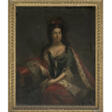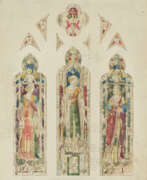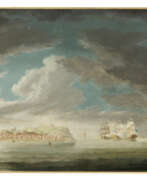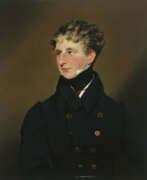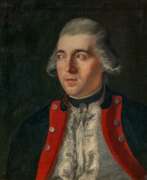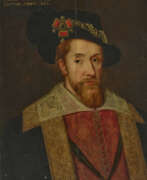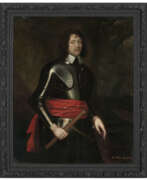English School
.jpg)
English School
The English School, the dominant school of painting in England, flourished during the second half of the 18th century and the first half of the 19th century. This period marked the emergence of a distinct national tradition in British art, characterized by works that rivaled continental art in quality and significantly influenced European painting.
This era in English art is renowned for its unique style and tradition, often focusing on portraiture, landscapes, and history painting. Artists like William Hogarth, who was an early representative of the English School, pioneered new forms like the “modern moral subject” and the small-scale group portrait or “conversation piece”.
Portraiture in England continued the relaxed elegance traceable to Van Dyck, with leading portraitists like Thomas Gainsborough and Sir Joshua Reynolds shaping the style. Gainsborough's work, known for its lyrical Rococo influence, and Reynolds's introduction of the "Grand Manner" in English portraiture, played significant roles in the development of English art.
The late 18th century saw a growing interest in landscape painting. The English School boasted masters like John Constable and J.M.W. Turner, whose works profoundly influenced not only British but also American and European artists. Constable’s true-to-life views of the English countryside and Turner’s romantic, atmospheric landscapes represented a fresh vision in British art.
For art collectors and enthusiasts, the English School offers a deep well of artistic innovation and cultural significance. To explore more about this pivotal period in British art history and stay informed about related collections and events, sign up for our updates.
| Country: | England, United Kingdom |
|---|---|
| Start of the period: | XVIII century |
| End of the period: | XIX century |
